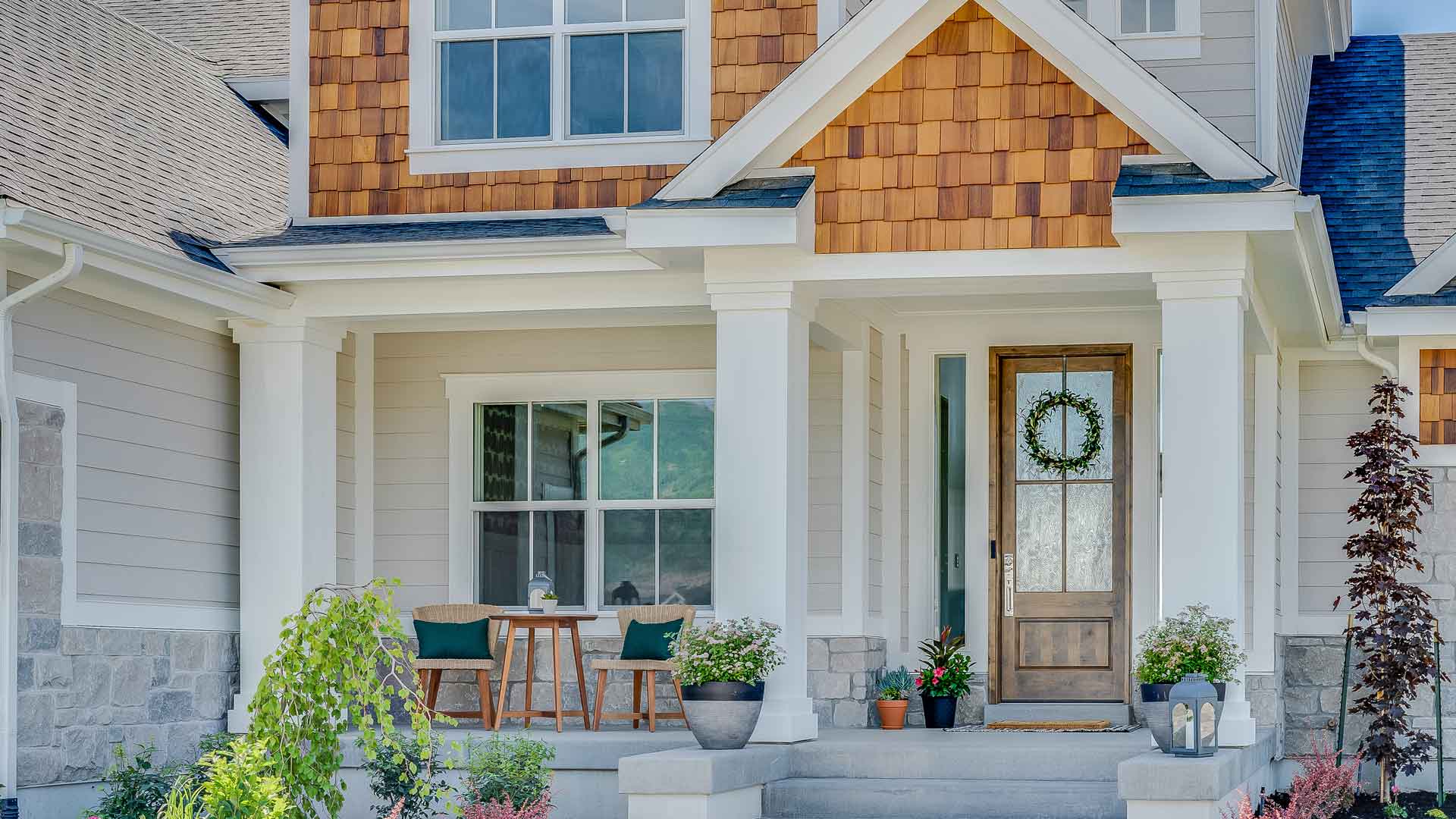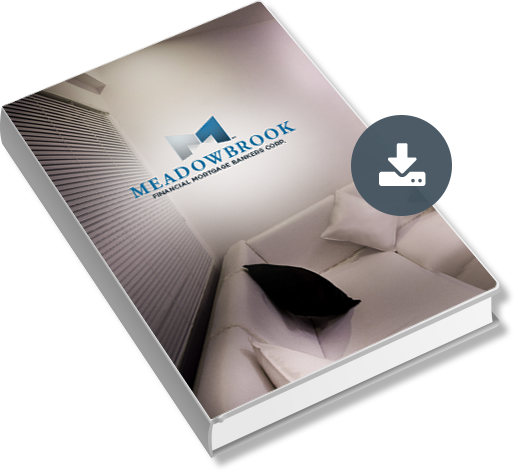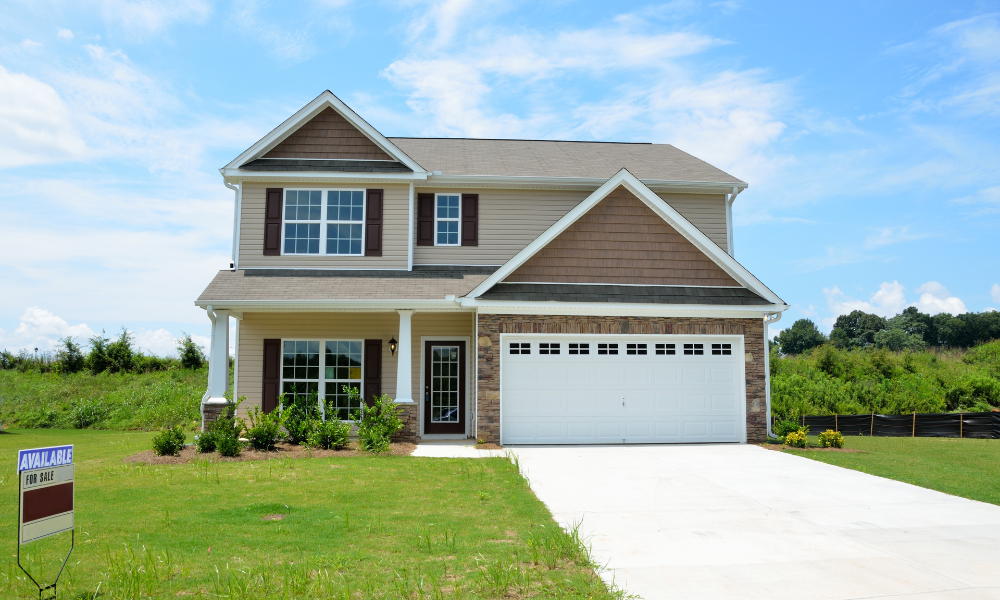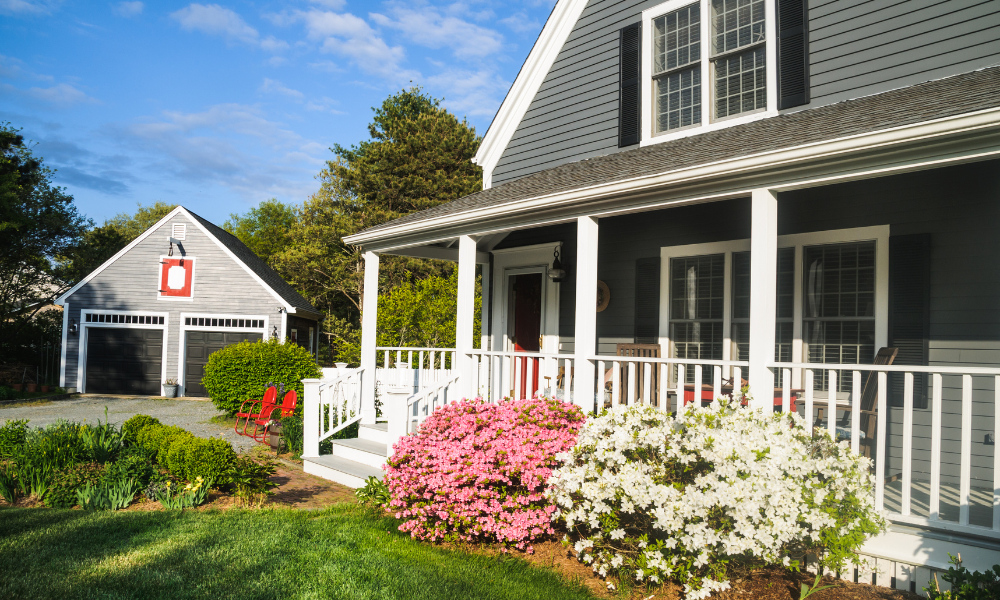Search Blog Posts by Blog Topic
How Much Down Payment Do You Need When Buying a Home?
August 24, 2021
The amount you’re willing to put toward your new home’s down payment helps your lender determine which type of mortgage suits you best and how much to lend. However, there is no standard answer to how much down payment you need when purchasing a house. While paying too much can have an adverse effect on your savings, paying too little can come with an increased monthly payment, interest, and fees.
In order to determine how much the down payment would work best for you, you need to take the specifics of your situation into account.
Requirements Vary According to Types of Mortgages
If you think you need to pay around 20% of a home’s selling price as a down payment, you’re not far off the mark. This typically holds true for conventional mortgages and comes with its share of benefits. However, you may also qualify for a conventional mortgage by paying 5% to 15% of a home’s price as a down payment by opting to pay for private mortgage insurance (PMI) as well.
Other types of mortgages have their own down payment requirements:
- U.S. Department of Veterans Affairs (VA) loans – meant for existing and veteran service members and eligible spouses – come with a zero down payment requirement.
- U.S. Department of Agriculture-backed USDA loans does not require any down payment. These are made available to rural and eligible urban homebuyers.
- If you qualify for a Federal Housing Administration (FHA) loan, you may pay just 3.5% as a down payment.
- Jumbo loans require that you pay 10% to 20% as a down payment.
Your creditworthiness can have an effect on the down payment requirement. For example, you may qualify for the 3.5% down payment requirement through an FHA loan only if your credit score is 580 or higher. Otherwise, you need to pay at least 10% as a down payment.
The Affordability Factor
Once a lender pre-approves your mortgage, you get an indication of the maximum loan amount you qualify to borrow. By this stage, you’ve already informed your lender about your income, assets, debts, and an estimated down payment amount. It is only after taking these factors into account and checking your creditworthiness does a lender determines how much to lend to you.

When it comes to how much you can afford to buy a house for, the general rule of thumb suggests that you should limit its price to two or two and a half times your annual income. As a result, if you earn $150,000 per year, you can afford a home that costs $300,000 to $375,000. If you plan to put 20% down on a property that costs $300,000, you will need to pay $60,000. Similarly, if you wish to pay 10%, it would amount to $30,000.
Instead of choosing to borrow the maximum that a lender is willing to lend, you need to take a close look at the estimated monthly mortgage payments you will need to manage. This is because if your monthly mortgage payments and other debts combined exceed your gross monthly income by 40% or so, you might have problems keeping up with your repayments.
It was only in 2020 that the requirement of having a debt to income ratio of 43% or less to qualify for a mortgage was removed through an amendment in the Qualified Mortgage Definition under the Truth in Lending Act (Regulation Z). This requirement now depends on price-based thresholds.
Are You Buying a First or Second Home?
If you are an existing renter, you need to realize that there is more to buying a home than paying its selling price. For starters, you will need to pay closing costs. The national average closing costs for single-family homes stood at a little over $6,000 in 2020.
New home buyers also need to account for additional expenses that will come their way in the form of ongoing maintenance/repair costs, homeowner’s insurance, property taxes, as well as possible Home Owners Association (HOA) fees. Determine how much you should pay as a down payment only after your account for all these costs.
If you wish to buy a second home, bear in mind that most lenders require at least 20% as a down payment and some even ask for 25% or 30%. Besides, buying a second home limits the types of mortgages for which you may apply. For instance, you cannot get an FHA, USDA, or VA loan to fund the purchase of a second home.
Average Down Payment on Mortgages
Data released by The Ascent, a Motley Fool service, through its Average Down Payment on a House 2021 report, provides these numbers surrounding average down payments on houses in the U.S.:
- The first quarter of 2021 saw 48% of homebuyers making down payments of at least 20%.
- More than 20% of homebuyers made all-cash purchases during the same period.
- The average down payment for homes from July 2019 to July 2020 stood at 12%.
- Rhode Island, Washington, D.C., and Hawaii accounted for the highest average down payments in the country, whereas Montana, West Virginia, and Vermont stood at the bottom of the list. [1]
While average down payments give you some indication of how much you might need to pay, you need to arrive at the down payment that works best for you by considering your home buying goal, your financial profile, and your budget.
The Effect of Your Down Payment
Since the down payment is the biggest upfront cost you will incur when buying a home, you need to account for the effect it will have on your mortgage in the long run. This is because the interest rate you get from your mortgage provider and the monthly payments you need to make going forward vary depending on how much you pay upfront.

On Interest Rates and Monthly Payments
The interest rate that accompanies your mortgage is a key factor in determining the affordability of your monthly payments. When you make a large down payment, there is a distinct possibility that you can qualify for a better rate, and even a slightly lower rate will lead to significant long-term savings. However, it is important to weigh the impact of short-term costs with long-term savings before making a decision.
Consider this example of a conventional 30-year mortgage to understand just how your down payment affects the cost of your mortgage in the short- and long term. The cost of the house in both cases is $250,000.
Scenario 1
- Down payment – 10%
- Down payment amount – $25,000
- Interest rate –8%
- Monthly repayment – $1,425.49 for the first 66 months (with PMI), and $1,331.74 thereafter
- Total interest paid over the life of the loan – $152,425.45
Scenario 2
- Down payment – 20%
- Down payment amount – $50,000
- Interest rate –6%
- Monthly repayment – $1,192.62 (no PMI required)
- Total interest paid over the life of the loan – $127,344.65
In the second scenario where you make a 20% down payment and get a 0.2% lower interest rate, your monthly payments reduce by around $230 for the first 66 months, and nearly $140 for the remainder of your loan term. The total amount you would end up saving on interest would be a little more than $25,000.
While you end up paying more interest through the course of your mortgage in the first scenario, you will also need to make payments to cover for PMI until your loan-to-value (LTV) ratio drops below 80%. However, making a one-time lump sum payment of $50,000 might require that you rework your existing financial obligations and even consider dipping into your savings for retirement.
Looking at long-term feasibility is crucial when deciding how much down payment is ideal in your case. Once you take a look at the types of loans for which you qualify and determine the value of homes you can afford, you can see the difference that decreasing or increasing your down payment makes on your monthly payments and you can adjust accordingly.
On Lenders
While your income, assets, debt, and creditworthiness play a role in how much a lender might be willing to lend, mortgage providers look at how much you are willing to put toward a down payment when determining what interest rate should apply on your mortgage. It is commonplace for lenders to offer better interest rates to borrowers who make higher down payments.
In some instances, lenders require that borrowers make higher-than-usual down payments to offset the risk that might come with low credit scores. Conversely, you might qualify for a low down payment if you have excellent creditworthiness.
Lenders use the down payment amount to determine the LTV ratio, which, in turn, helps establish the risk that accompanies a mortgage. The LTV ratio basically highlights the equity you have in the house. If you buy a house that costs $250,000, for example, and you make a down payment of $50,000 (20%), the LTV ratio amounts to 80%. Lenders look at LTV ratios of 80% and lower with favor, as it reduces their risk, which is why they offer more competitive interest rates in such cases.
Pros and Cons of Making a Large Down Payment
Making a down payment of 20% or more comes with various benefits:
- Lower interest. More often than not, a large down payment leads to a lower interest rate. In addition, by reducing the principal loan amount, you end up paying less interest over the life of the loan.
- Lower monthly payments. Through a lower interest rate and a reduced principal amount, you get to make lower monthly payments toward your mortgage.
- No need for PMI. As long as you pay at least a 20% down payment, you don’t have to worry about that added expense of PMI.
- Competitive edge. If you’re looking for a home in a competitive market, a large down payment can work in assuring the seller that you have enough money to go through with the deal. Lenders might also view your application with favor as a large down payment usually demonstrates financial stability.
- More equity. The amount you put toward your down payment has a direct impact on the equity you build in the house at the very beginning. The higher your down payment, the more the equity you hold.
Possible downsides of making a large down payment include:
- More time to buy a home. If you’re saving money to put toward your down payment, you might have to wait for a longer period to build a large corpus. This would mean paying rent for extra time, and you may also face the risk of an increase in prices.
- Reduced flexibility. If you’re going all out to make your down payment by depleting your savings or digging into your long-term investments, you leave very little room for flexibility to deal with unexpected expenses, be it in the form of home repairs or medical bills. In any such case, your money remains tied to the equity in your home and might be difficult to access in a hurry.
Making a large down payment is usually a good option, although it should not come at the cost of disrupting your other finances. Besides, there are other ways to reduce the cost of your mortgage as well.
Consider making a large down payment only if you have adequate savings to cover for any type of emergency as well as enough money to pay your closing costs. If you think your down payment is causing you to stretch beyond your means, you might want to consider lowering it a bit.
Conclusion
No matter how you plan to fund your down payment, determining just how much money you can afford to part with upfront is crucial. Not only does this have a bearing on how a lender views your application, but it also affects the overall cost of your loan. Besides, you may start making offers when you have a down payment figure in mind.
Arrive at an amount you can put toward the down payment only after taking your existing finances into account. Make sure you retain some money to address unexpected expenses in the future. If you’re unsure about what might work best for you, consider discussing the matter with your loan officer.
Resources:
[1] Caporal, J. June 2021. Average Down Payment on a House 2021: $27,850. The Ascent. Viewed August 20, 2021.https://www.fool.com/the-ascent/research/average-down-payment-house/
Ready To Get Started?
Fill out the form below and a mortgage professional will get back to you shortly.

First Time Homebuyer’s Guide
Considering homeownership but not sure where to begin? The Meadowbrook Financial Mortgage Bankers Corp. guide to home buying will make the process easy all in one packet.
Recent Articles

Should You Buy an Under-Construction, New Build, or…
18 June, 2025The dream of owning a home often comes with having to make an array of decisions, and perhaps none is more crucial than choosing the…

How Do Pets Influence Homebuying?
1 May, 2025Adding a furry friend to your family can bring so much joy to your life. Whether it’s a dog, cat, bunny, or other, they’re sure…

Tips to Speed Up Closing on a House
1 April, 2025When you find your dream home, you want your next chapter to begin as soon as possible! Closing on a house is certainly a process…


